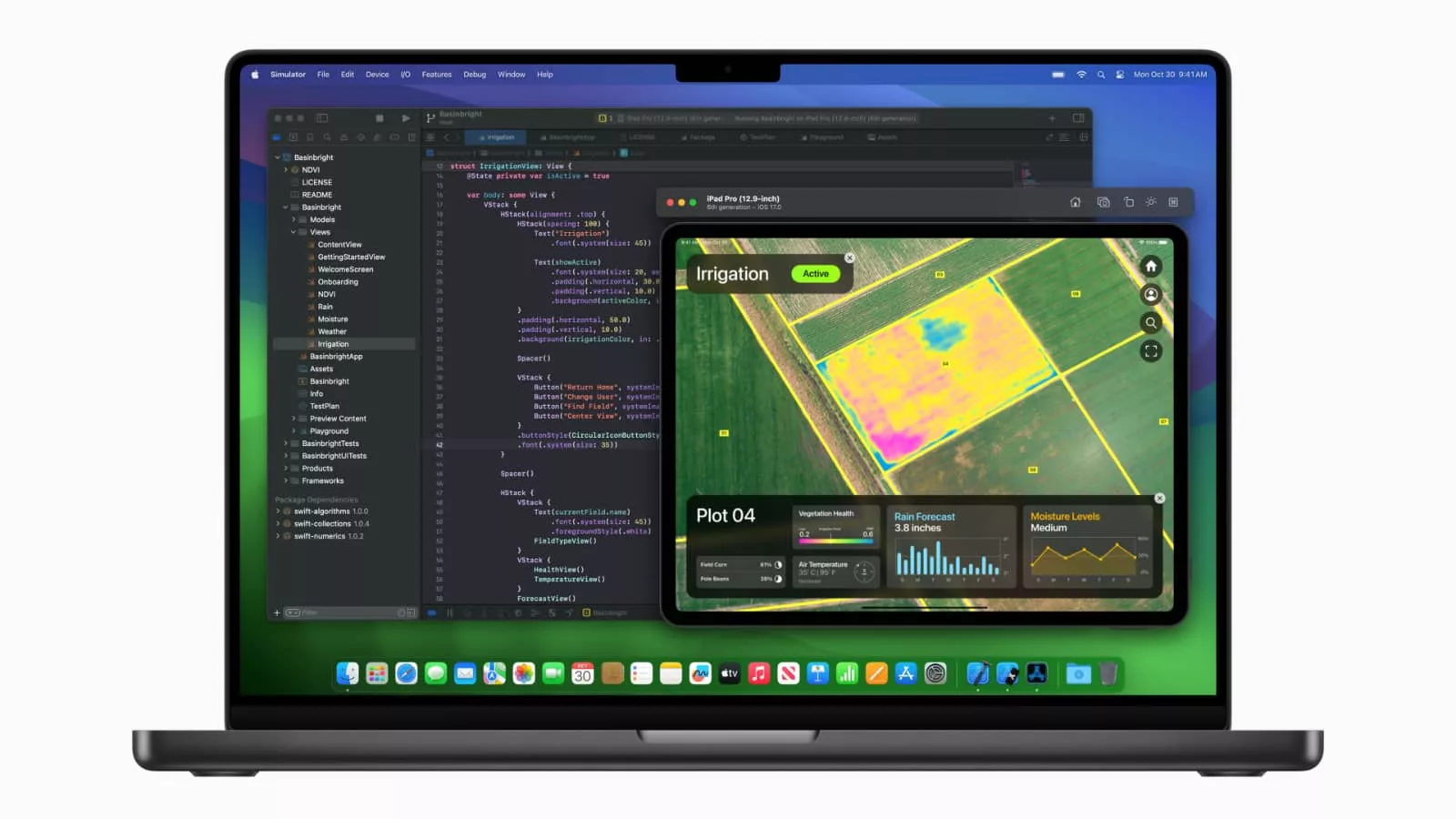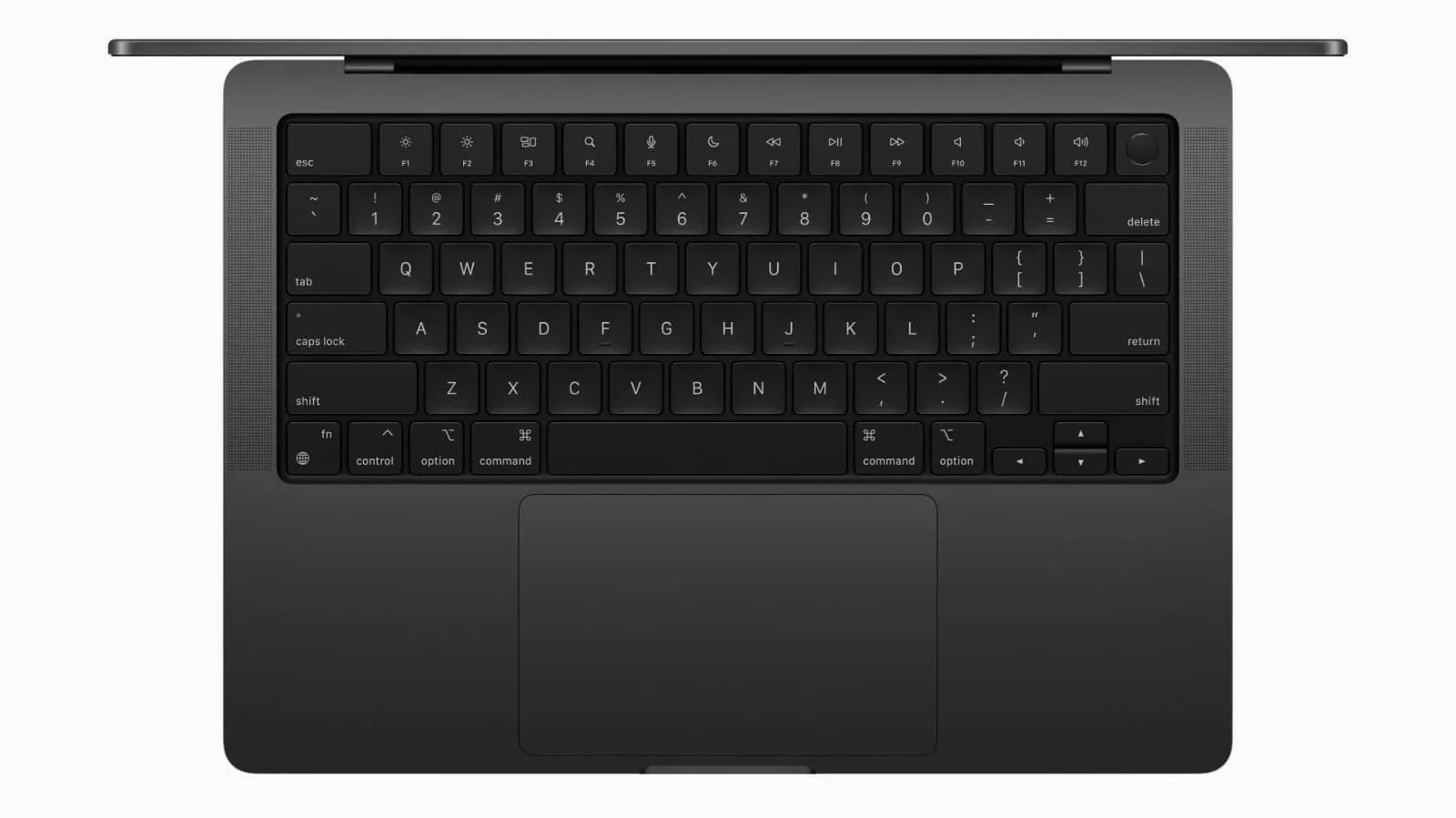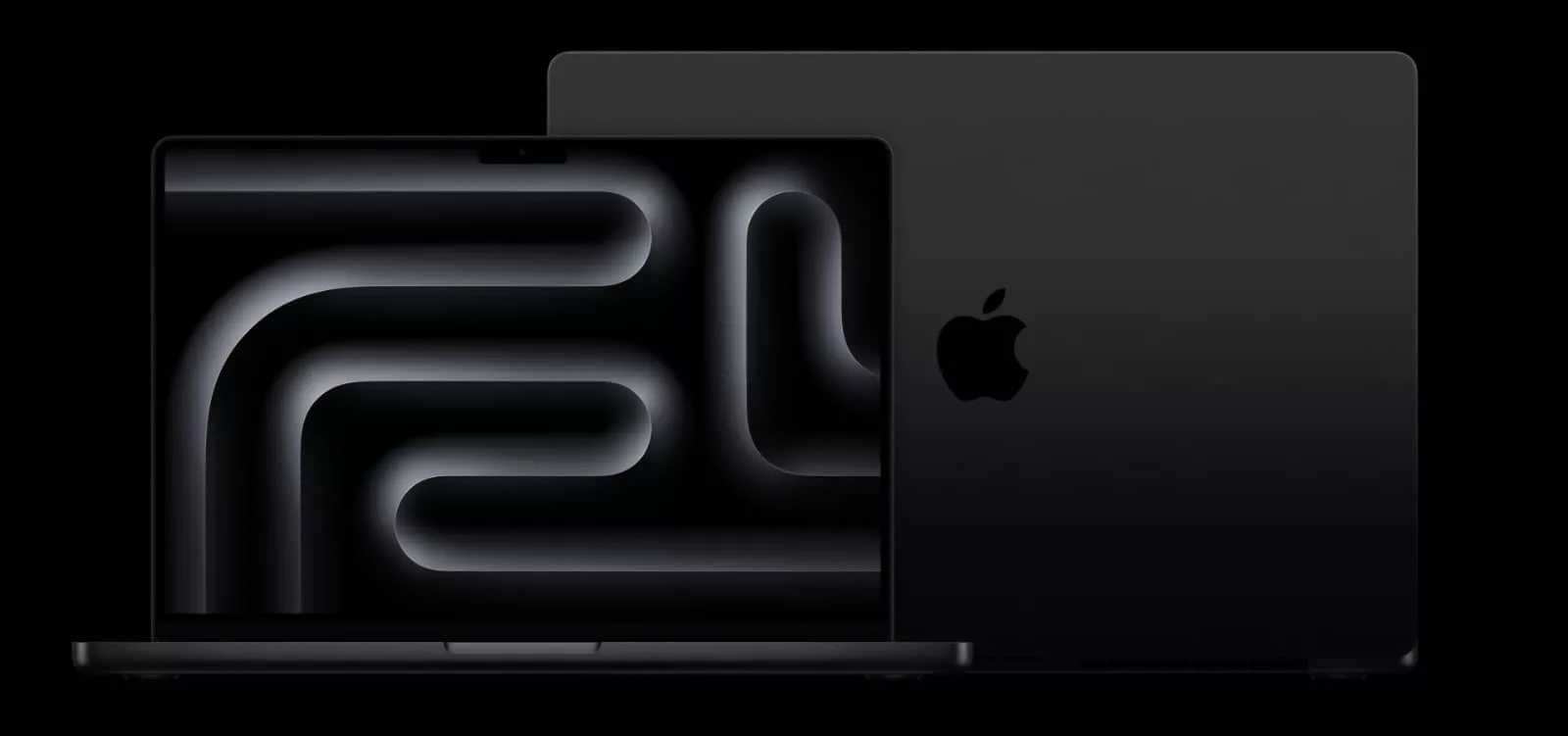New chips for Apple’s MacBook Pro line means more speed and solid battery life, with a range of performance options, too.
It’s the end of the year, and while we’ve already had a new iPhone or four announced, it seems as though Apple isn’t done, with new computers on the way, too.
We’ve already technically seen a new MacBook Pro line once this year, what with the M2-based MacBook Pro 14 and 16 earlier in the year, offering M2 Pro and M2 Max chips, but now there’s something even better on the horizon.
Announced alongside new Apple Silicon chips this week, the MacBook Pro is now making its way to the M3 line, offering even more speed and battery capability from a laptop, and basically handing more performance in a portable to people who need it.
Apple is keeping the 14 and 16 inch computers it has offered in the past few years, retaining the aluminium chassis, keyboard with a fingerprint sensor in it, MagSafe power connector on the edge, but upgrading two main parts of the M3 MacBook Pro: the chip and the screen.

The chips will see a range of three, with the standard M3 model at the entry level, and then the M3 Pro and M3 Max for folks who need even more power once again. Previously, the MacBook Pro line started at the “pro” models, so this time we’re seeing a different entry point, but at least there will be lots of options for folks who need varied amounts of power.
The efficiency from that new chip means Apple can get up to 22 hours of battery life from the MacBook Pro, with that battery size coming from the sizeable 16 inch M3 MacBook Pro.
There’s more the hardware can do, however, with video editing using Final Cut Pro, code compilation in Xcode, and just about everything else including spreadsheet performance boasting more speed than the 13 inch MacBook Pro from 2020.

Understandably, performance gains are even faster again for the M3 Pro models, getting more performance out of the M1 Pro MacBook Pro models, which don’t seem that old, and are still quite powerful right now. Apparently Adobe Photoshop is up to 40 percent faster than the 16 inch M1 Pro MacBook Pro, while Adobe Premier is up to 30 percent faster for text-based editing, offering speed boosts for folks who need it.
On the other side, there’s the screen, which sees a bump in performance on standard definition content. Apple’s Liquid Retina XDR display normally shows colour and brightness up a bit in HDR, and now will do something like that with SDR, boasting 20 percent more brightness.
There’s one other change, and that’s with the case: you can now get the MacBook Pro in black, as Apple’s “Space Black” arrives in a laptop thanks to chemistry that creates an anodisation seal to make fingerprints just that much more difficult to see.

Pricing on the M3 MacBook Pro line will start at $2699 in Australia, replacing the M2 models with availability expected from November 7. The range will be quite varied, though, with the M3 14 inch MacBook Pro starting at $2699, the 14 inch MacBook Pro with M3 Pro from $3499, and the 14 inch MacBook Pro with M3 Max from $5599 in Australia.
That “entry-level” M3 14 inch MacBook Pro now also replaces the 13 inch MacBook Pro with M2, as the 13 inch disappears, ending one of the laptop lines that didn’t make as much sense as the slim MacBook Air or the more impressive 14 inch MacBook Pro.
You can, of course, find the 13 inch M2 MacBook Air or the slightly bigger 15 inch MacBook Air with M2, but there’s also another option if size is of paramount importance.
If you need a bigger Mac, the 16 inch M3 MacBook Pro will start at $4299 and arrive with the M3 Pro chip, while the 16 inch MacBook Pro with M3 Max will start at $5999 locally and can be customised to hit $11,699 if you go for a 16 inch M3 Max MacBook Pro with 128GB RAM and 8TB SSD. Yikes.







